Shopify Product Display Apps: Cost Per Item vs WS Transparency

Table of Contents
- Introduction
- How Does Cost Per Item Work?
- How Does WS Transparency Work?
- How Much Does Cost Per Item Cost?
- How Much Does WS Transparency Cost?
- Cost Analysis: Cost Per Item vs. WS Transparency
- User Reviews & Customer Support Insights
- Integration and Compatibility Comparison
- Conclusion
Introduction
In the realm of e-commerce, effective product display can significantly influence customer purchasing decisions. Research indicates that clear pricing and transparency can boost conversion rates, helping businesses grow their revenue and presence. Product display apps serve as essential tools designed to enhance customer experience and streamline the shopping process. Among the myriad of options available, two noteworthy contenders are Cost Per Item and WS Transparency. Each offers distinct features, integration capabilities, and impacts on user experience. However, insights will reveal that Cost Per Item emerges as a more versatile solution for businesses seeking clarity in their product pricing.How Does Cost Per Item Work?
Cost Per Item offers a straightforward yet robust product display solution tailored to e-commerce needs. This app assists merchants in managing and showcasing the cost and margin of their products, significantly improving transparency for customers.Setup: Merchants can easily integrate Cost Per Item into their Shopify stores. The intuitive interface enables users to apply settings across all available products with a few clicks.
Main Features:
- Unlimited Products: Merchants can showcase an uninhibited number of products, ensuring that every item in their store can be displayed with accurate pricing data.
- Show Product Cost Per Item: This feature allows businesses to communicate raw product costs transparently, providing customers insight into how pricing is structured.
- Show Product Margin: Displaying margins helps customers understand how the prices compare, fostering trust and promoting informed purchasing decisions.
- Variant-Based Costs and Margins: Seamlessly adjust costs and margins based on product variants, catering to businesses that offer a wide array of options.
Relevance for Businesses: The features of Cost Per Item are not just beneficial for larger enterprises; they are equally advantageous for startups and medium-sized businesses. Startups can utilize the app to build credibility from the ground up, presenting transparent pricing that appeals to potential customers. Small to medium businesses can effectively manage larger inventories, while larger enterprises can ensure consistent pricing strategies across extensive product ranges.
Unique Functionalities: One of the standout aspects of Cost Per Item is the ability to customize how cost and margin information is displayed. This feature allows businesses to tailor the readiness of information based on customer demographics and preferences.
Hypothetical Scenarios: Consider a small online clothing retailer using Cost Per Item. By displaying both the cost and margin of their apparel, they educate their customers, alleviating any concerns regarding inflated prices. Such transparency can lead to increased customer loyalty and repeat business, especially if first-time buyers appreciate the honesty of the retailer.
How Does WS Transparency Work?
WS Transparency aims to enhance sales through price transparency and product certifications. The app is built on the premise that greater transparency increases customer trust.Main Features:
- Details of Product Costs: Like Cost Per Item, WS Transparency allows users to display the cost of their products, thus fostering openness with potential buyers.
- Trust Badges and Certifications: By highlighting product certifications and trust badges, businesses can enhance their credibility, reassuring customers about the quality of their offerings.
- Configurable Blocks: This feature helps businesses design how information is presented, ensuring alignment with their brand aesthetics.
Relevance for Businesses: WS Transparency's offerings can cater to startups aiming for brand establishment, as well as medium-sized businesses wanting to solidify customer trust. However, the app's features may not necessarily scale well for larger enterprises, where more extensive product catalogs could benefit from the robust functionalities provided by Cost Per Item.
Unique Functionalities: While WS Transparency emphasizes trust through certifications, it lacks the comprehensive approach to cost and margin display found in Cost Per Item.
Utility: For example, a health and wellness store could effectively use WS Transparency to showcase their certified organic products. However, they might miss out on the full spectrum of customer insights that come with clearly displaying costs and margins.
How Much Does Cost Per Item Cost?
Cost-effective solutions in product display are crucial for e-commerce success, and Cost Per Item presents an affordable pricing structure designed to meet the needs of various business sizes.- Price: At just $1.99 per month, the Premium plan offers a remarkable array of features.
-
Features:
- Unlimited product showcase
- Clear visibility into cost per item and product margin
- Variant-specific cost and margin adjustments
- Limitations: There is only one pricing tier available, which may limit options for those seeking extensive features.
- Target Audience: This pricing model is ideal for startups looking to establish transparent pricing or small to medium businesses aiming for straightforward product display.
- Additional Costs: No additional fees are associated with this tier, enhancing its affordability.
It is important to note that you can always reach out to our team, and we can create a custom pricing plan to suit your needs and your budget. Schedule a call via this link and we’ll come up with the best solution for you and your business.
How Much Does WS Transparency Cost?
Cost considerations are pivotal when choosing a product display app. WS Transparency provides a single pricing tier that might appeal to some users but raises questions about overall value.- Price: The Basic plan costs $9.99 per month.
-
Features:
- Basic functionality for displaying product costs.
- Trust badges and flexible blocks for customization.
- Limitations: With no additional pricing tiers, businesses may find themselves limited in terms of available features.
- Target Audience: Primarily suitable for growing businesses desiring transparency, though it may not cater effectively to larger enterprises with complex product listings.
- Additional Costs: There are no additional fees noted, though the initial pricing is significantly higher compared to Cost Per Item.
Cost Analysis: Cost Per Item vs. WS Transparency
When contrasting the pricing of both apps, Cost Per Item offers a more favorable value proposition. At $1.99, it provides an extensive feature set, whereas WS Transparency's $9.99 price point lacks the same depth of options. Moreover, with no additional tiers available in WS Transparency, businesses could end up paying more for limited features.Considering promotional offers or trial periods, Cost Per Item’s low introductory price serves as an enticing option for businesses looking to trial product display applications without substantial upfront costs.
User Reviews & Customer Support Insights
Is Cost Per Item good?
Cost Per Item has garnered an impressive rating of 5 stars from 64 reviews. Users often highlight its easy integration and user-friendly interface, allowing businesses to clearly communicate cost structures to customers. This level of satisfaction indicates strong customer engagement, reinforcing the app's effectiveness as a product display tool.Is WS Transparency good?
In contrast, WS Transparency holds an average rating of 0 stars with no reviews. This lack of feedback can indicate a host of issues, ranging from usability concerns to ineffective customer solutions. Although the features sound appealing, their effectiveness remains in question without user testimonials.Customer Support Feedback: Efficient customer support plays a crucial role in user satisfaction and app rating. Without user reviews or support-related commentary, WS Transparency's standing appears weak, potentially affecting customer trust.
User Preference: Cost Per Item or WS Transparency?
Based on the available metrics, Cost Per Item clearly emerges as the favored choice among users. The plethora of features and positive ratings advocate for its utility in enhancing product display. Conversely, WS Transparency's absence of feedback knowledge hints at untested reliability and effectiveness.Analyzing the differences in user ratings highlights that Cost Per Item’s robust functionality and transparent approach are likely to appeal more to businesses seeking effective solutions in product display.
Integration and Compatibility Comparison
Cost Per Item Integrations
Cost Per Item seamlessly integrates with Shopify, allowing for real-time updates and display adjustments. This integration ensures that customers experience a continuous and cohesive shopping experience, enhancing user satisfaction.WS Transparency Integrations:
WS Transparency also integrates well with the Shopify platform; however, specific additional integrations have yet to be highlighted. A lack of extensive integration capabilities might hinder its usability for businesses looking to synchronize across multiple systems.Conclusion
Both Cost Per Item and WS Transparency provide valuable solutions in their unique ways. However, Cost Per Item distinguishes itself through its user-friendly design, comprehensive feature set, and exceptional pricing strategy of only $1.99 per month. The app boasts a 5-star rating, a testament to its effectiveness in increasing customer engagement and driving sales.On the other hand, WS Transparency, despite its potential, is untested in the current market. Without user reviews or feedback to substantiate its claims, it lacks the foundation necessary to secure widespread favor.
Thus, it is evident that Cost Per Item not only serves as a more cost-effective choice but also positions itself as the superior solution for those seeking an effective product display strategy.
Still Searching for the Perfect Customization Solution?
Stop searching and start thriving with Accentuate Custom Fields! This powerful metafield management app supercharges Shopify’s native features, giving you the tools to create a truly personalized customer experience.
Why Choose Accentuate Custom Fields?
- Advanced Customization: Unlimited field definitions, logical grouping, and custom layouts make your store one-of-a-kind.
- Enhanced Editor Experience: Effortlessly edit variant metafields, use advanced HTML and markdown editors, and sync field definitions between stores.
- Flexible Management: Import/export capabilities, automatic tagging, and comprehensive support for Metaobjects and versioning.
- 24/7 Support: If you have any questions or need assistance, our team is available around the clock to help with any custom modifications to suit your store.
Join over 12,000 merchants, including top Shopify Plus stores, who trust Accentuate for their customization needs. With a stellar 4.9-star rating, Accentuate is the go-to tool for advanced CMS needs, offering unmatched flexibility and control over your store’s content. Elevate your Shopify store with high-quality content that boosts customer experiences and conversions. Tell your story, showcase your products, and create an engaging customer journey with ease.
Experience the Accentuate difference and watch your Shopify store thrive!
Accentuate vs Competition
Explore how Accentuate Custom Fields stands out. Whether you’re aiming to customise your storefront, streamline operations or improve content management, see how we compare against the competition

Shopify Product Display Apps: FeatureFrame ‑ Pretty Product vs. AI SEO: Top Product Features

Shopify Product Display Apps: Metadrob: Create Virtual Store vs シンプルクラウドファンディング|お手軽自社クラファン
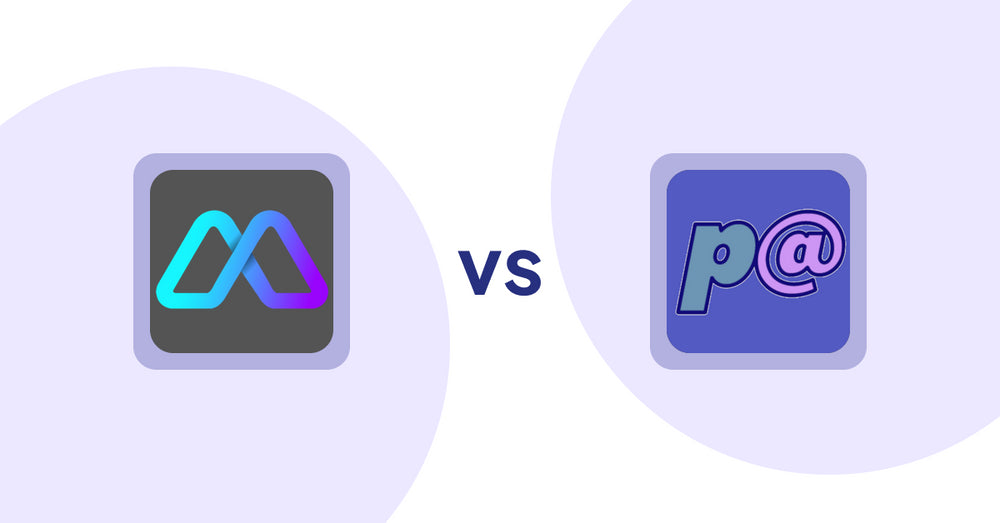
Shopify Product Display Apps: Metadrob: Create Virtual Store vs Parameterizer

Shopify Product Display Apps: Bike Matrix vs. Fast View: Fastest Quick View
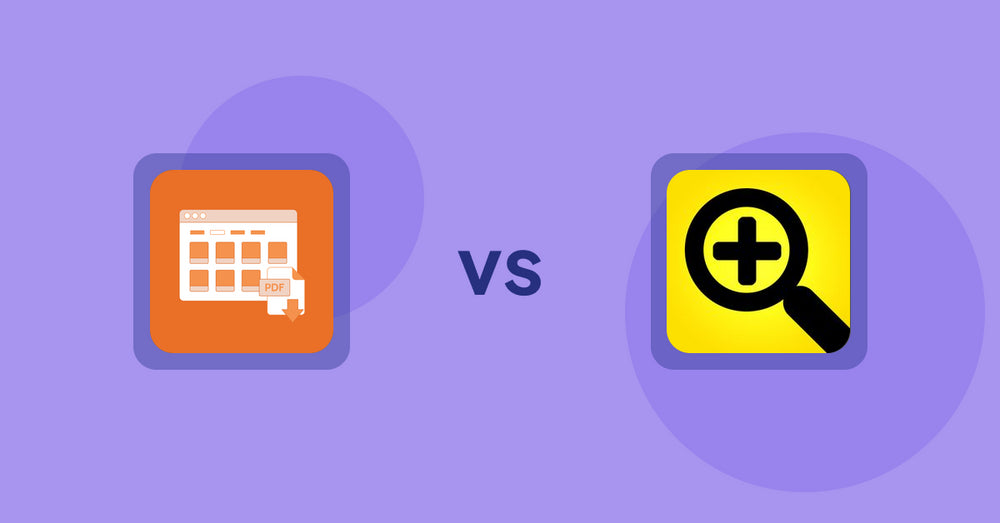
Shopify Product Display Apps: Meetanshi PDF Product Catalog vs Fast View: Fastest Quick View

Shopify Product Display Apps: UR: Smart Ranking vs Sortyfi Collection Merchandise

Shopify Product Display Apps: UR: Smart Ranking vs PDP Star
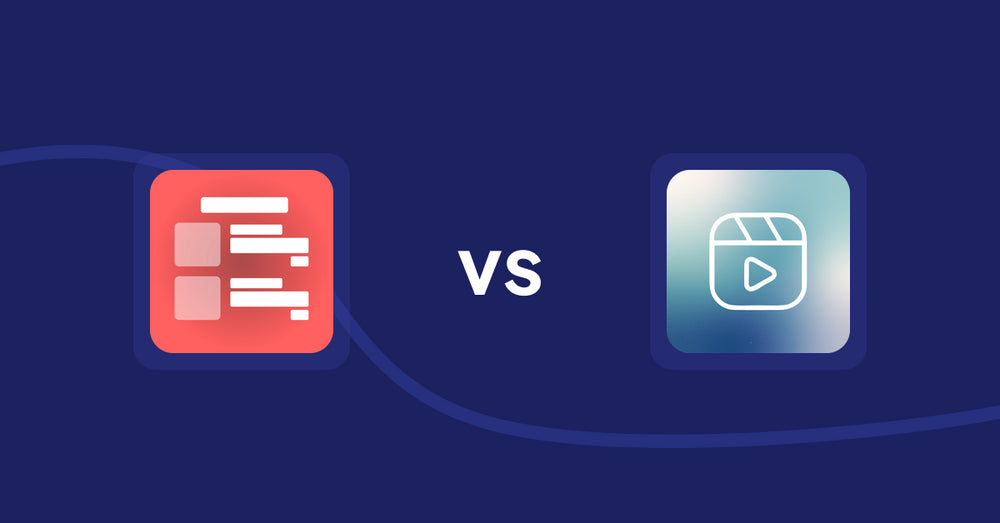
Shopify Product Display Apps: Menulog vs Reelify ‑ Shoppable Reel Video

Shopify Product Display Apps: H3 Estimated Delivery vs Findify Search & Merchandise

Shopify Product Display Apps: Wordo ‑ ChatGPT AI Description vs Urgency! Low Stock Counter
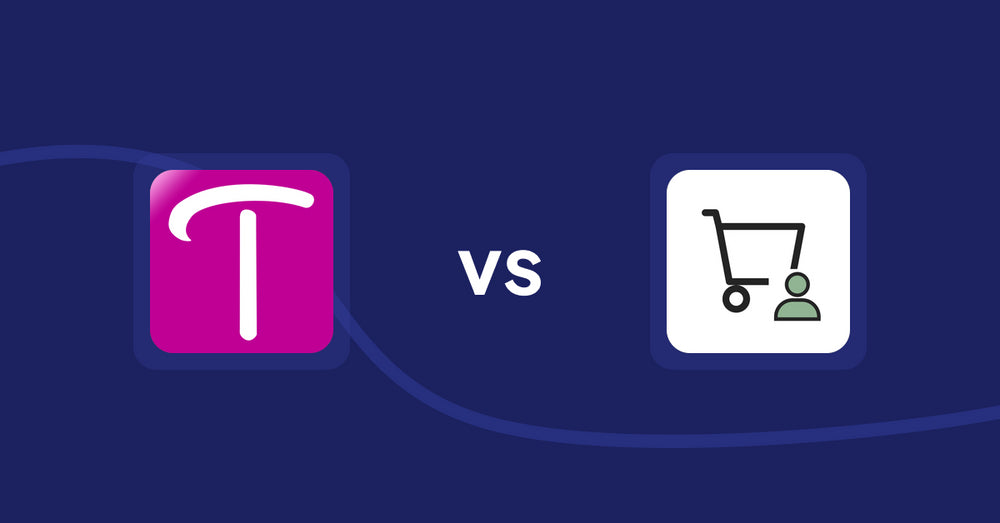
Shopify Product Display Apps: WS Transparency vs シンプル会員注文割引|お手軽ログインセール設定
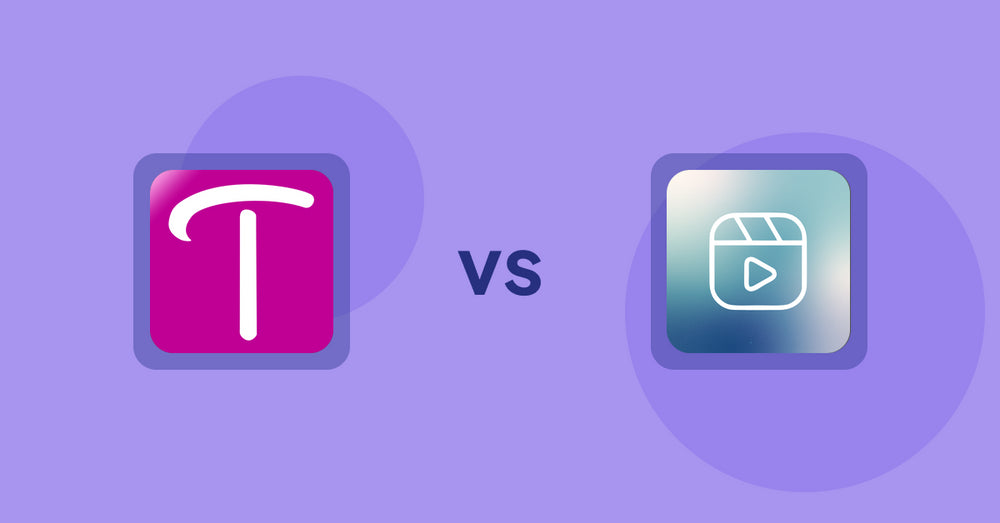
Shopify Product Display Apps: WS Transparency vs Reelify ‑ Shoppable Reel Video
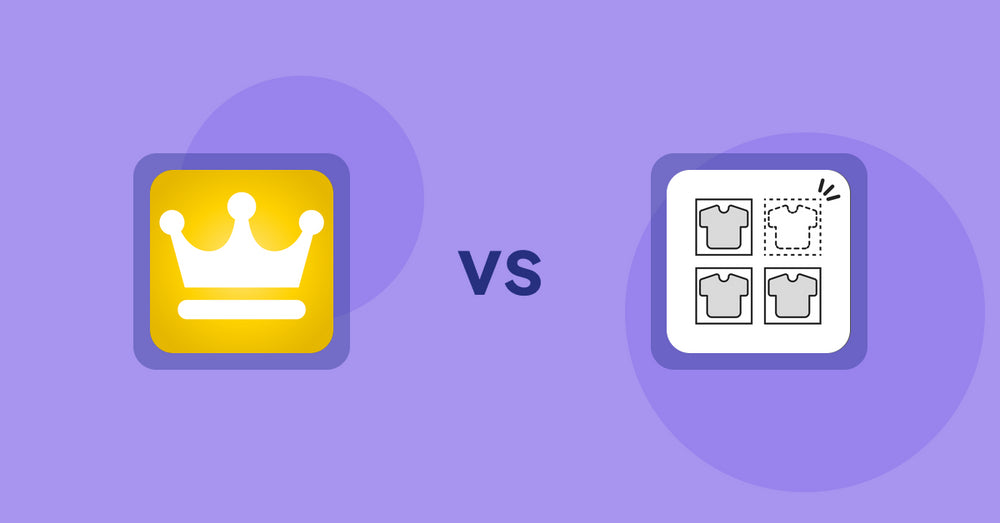
Shopify Product Display Apps: Awesome Ranking vs シンプル売り切れ非表示|在庫切れ商品の表示変更

Shopify Product Display Apps: OC Product Size Chart vs FeatureFrame ‑ Pretty Product

Shopify Product Display Apps: Shelfify vs Bike Matrix
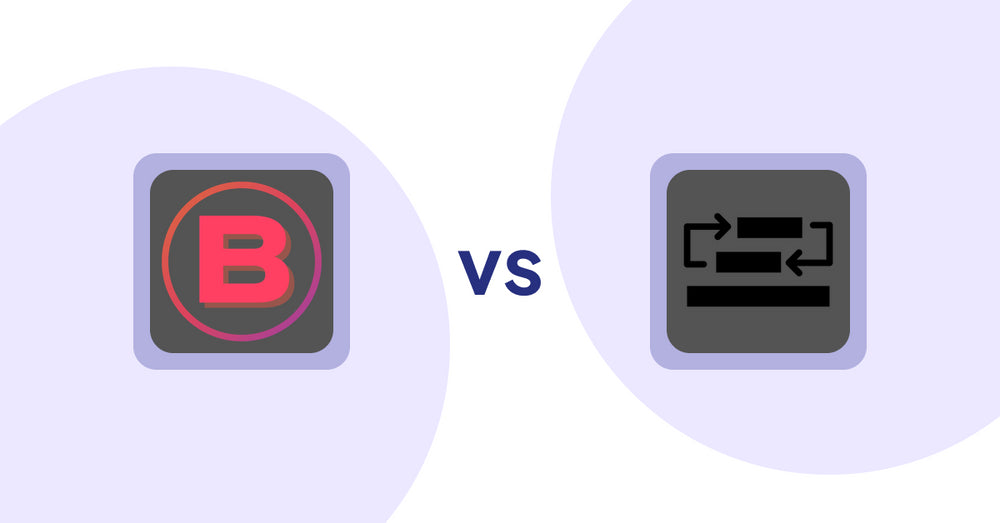
Shopify Product Display Apps: Banter Stories vs Sortyfi Collection Merchandise
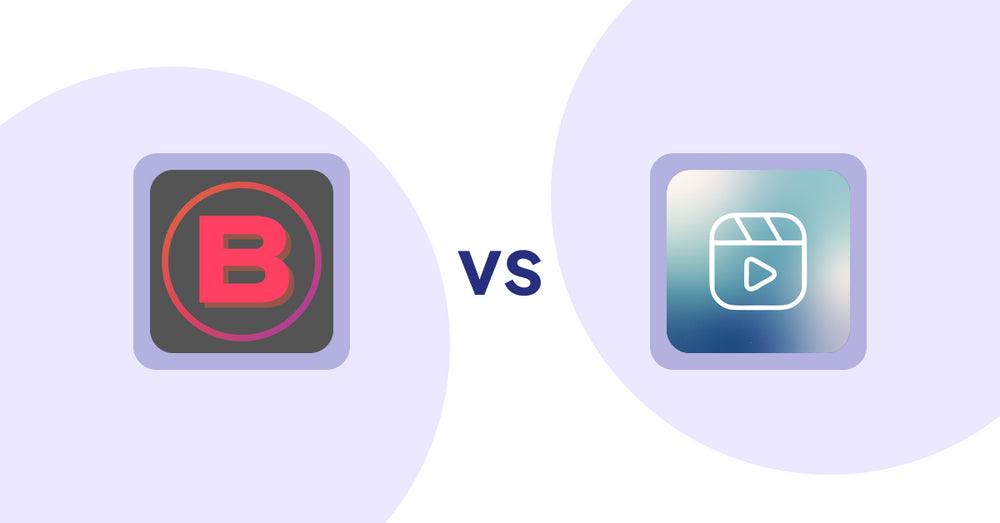
Shopify Product Display Apps: Banter Stories vs. Reelify ‑ Shoppable Reel Video
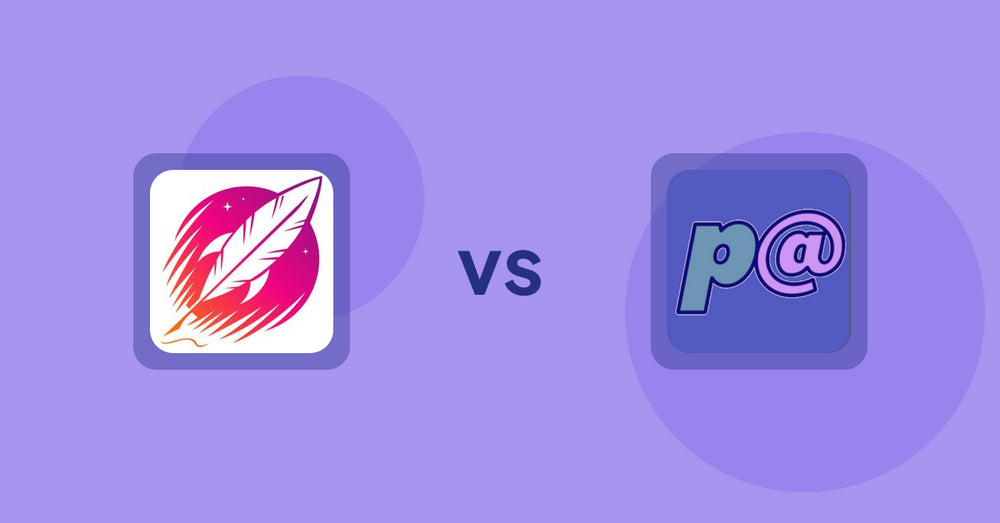
Shopify Product Display Apps: Wordsmith: Content Generator vs Parameterizer

Shopify Product Display Apps: Wordsmith: Content Generator vs Reelify ‑ Shoppable Reel Video
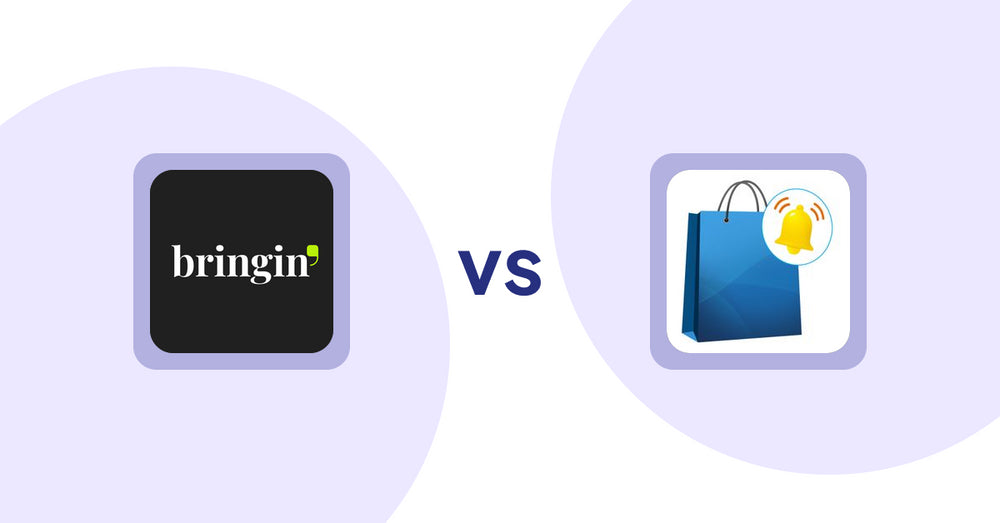
Shopify Product Display Apps: Bringin vs CartBar ‑ Product Purchase Bar
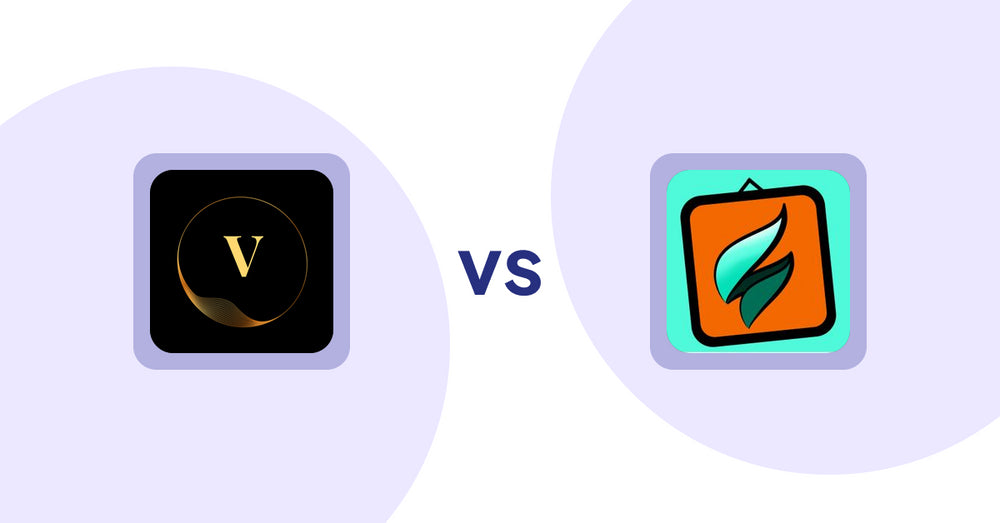
Shopify Product Display Apps: ProductTube vs SMART ‑ Art Product Builder

Shopify Product Display Apps: Xpander vs PDP Star

Shopify Product Display Apps: Xpander vs Banter Stories
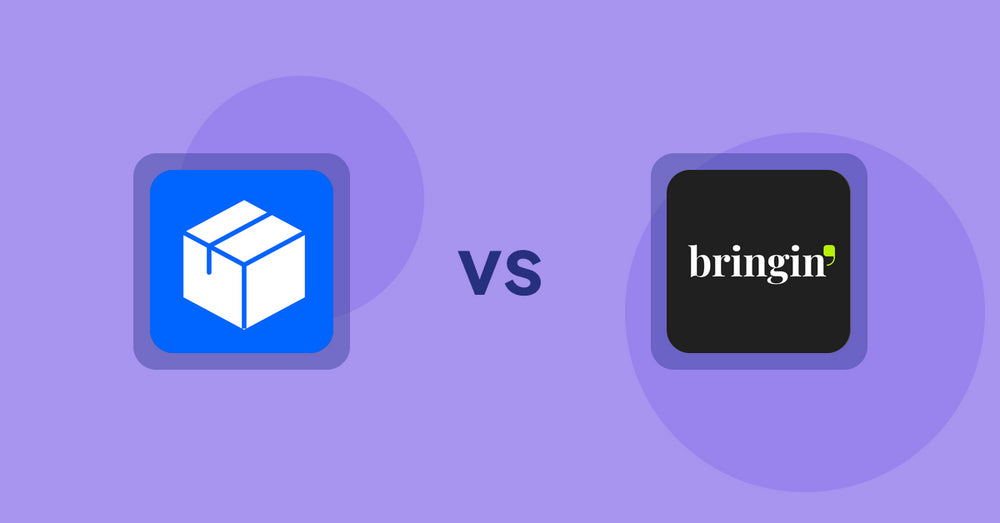
Shopify Product Display Apps: Wonderful Widgets vs Bringin

Shopify Product Display Apps: BookE - Rent Property & Service vs Metadrob: Create Virtual Store
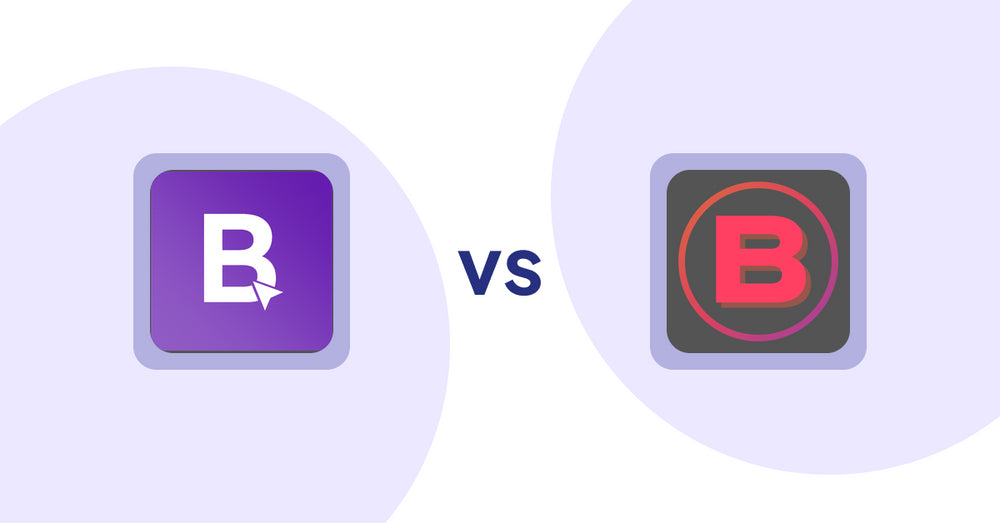
Shopify Product Display Apps: BookE ‑Rent Property & Service vs. Banter Stories
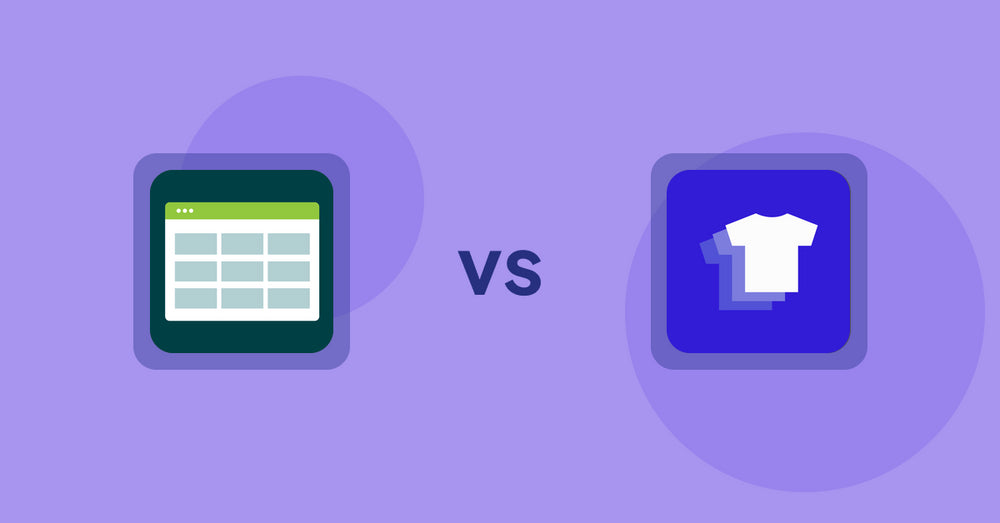
Shopify Product Display Apps: Product Table vs. Xpander
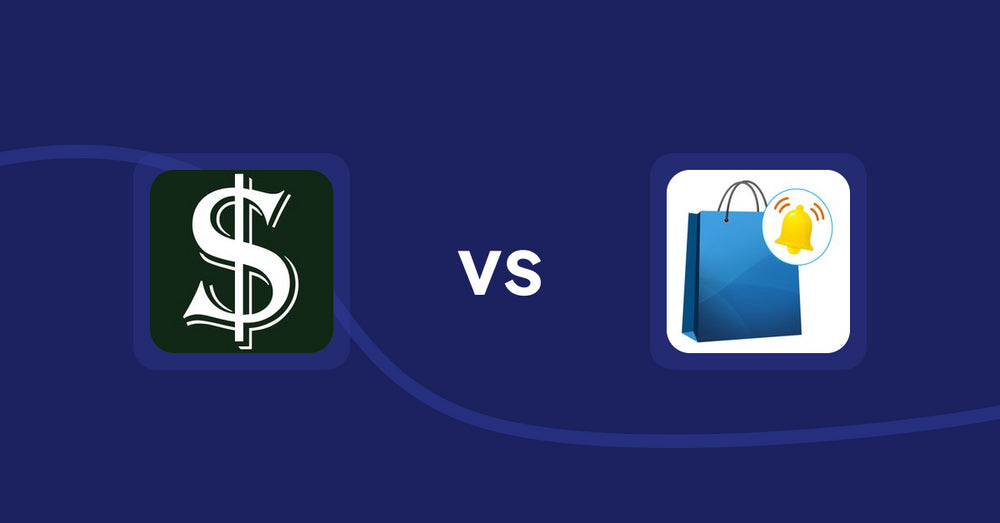
Shopify Product Display Apps: Selling Fast vs CartBar ‑ Product Purchase Bar
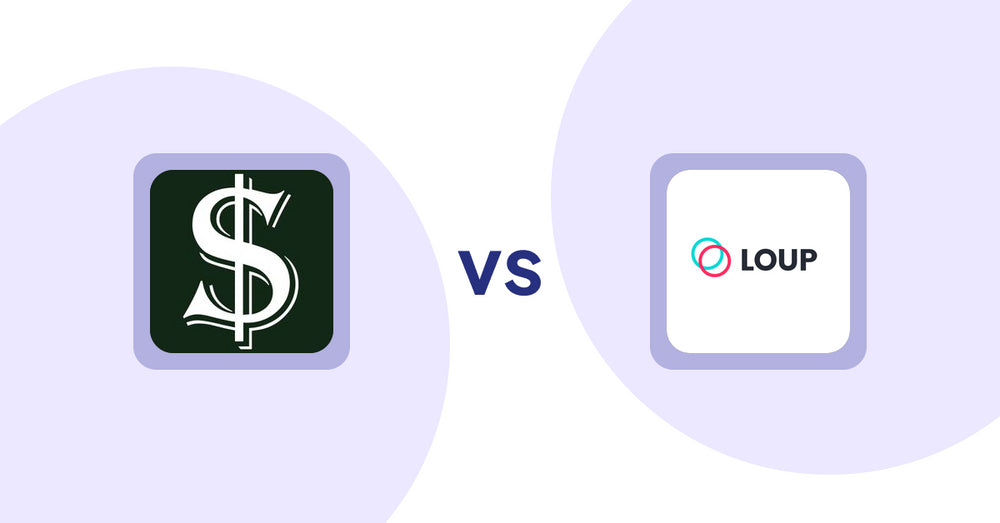
Shopify Product Display Apps: Selling Fast vs. Loup: Sell on Instagram
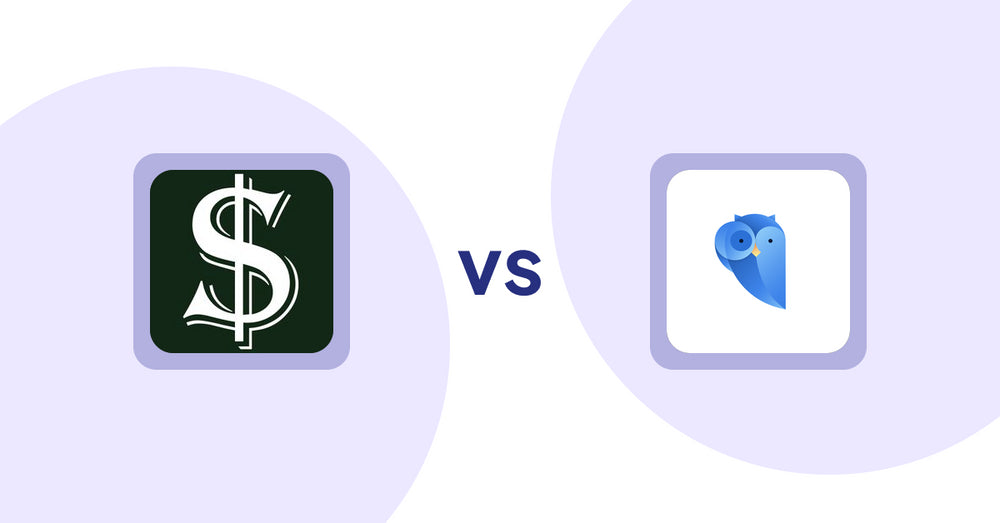
Shopify Product Display Apps: Selling Fast vs. Findify Search & Merchandise

Shopify Product Display Apps: Selling Fast vs. Aiuta
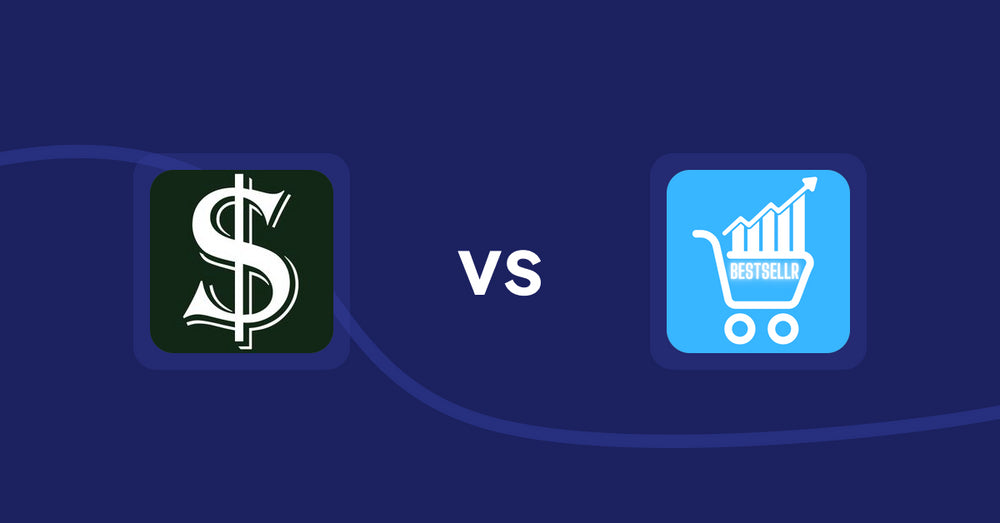
Shopify Product Display Apps: Selling Fast vs Bestsellr

Shopify Product Display Apps: Selling Fast vs ProductTube
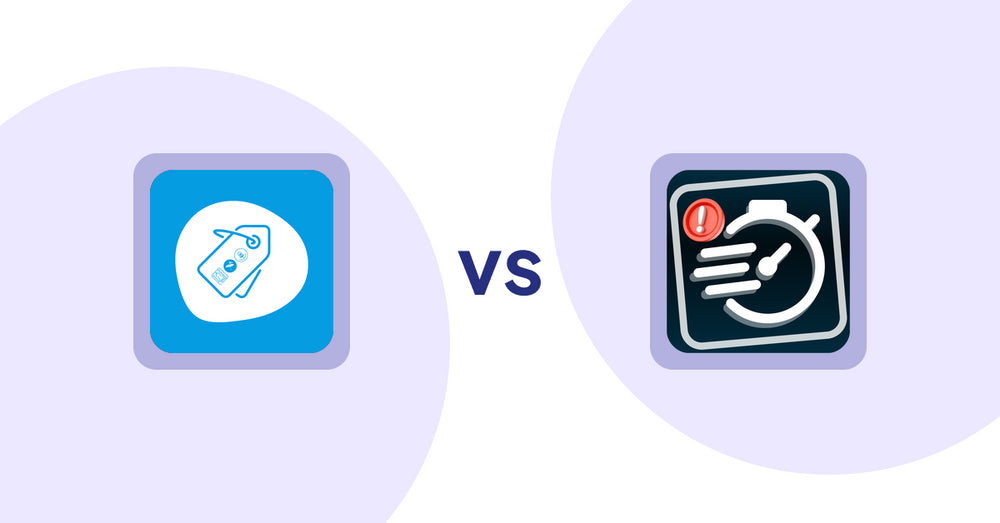
Shopify Product Display Apps: Extendons Product Tag Images vs Urgency! Low Stock Counter
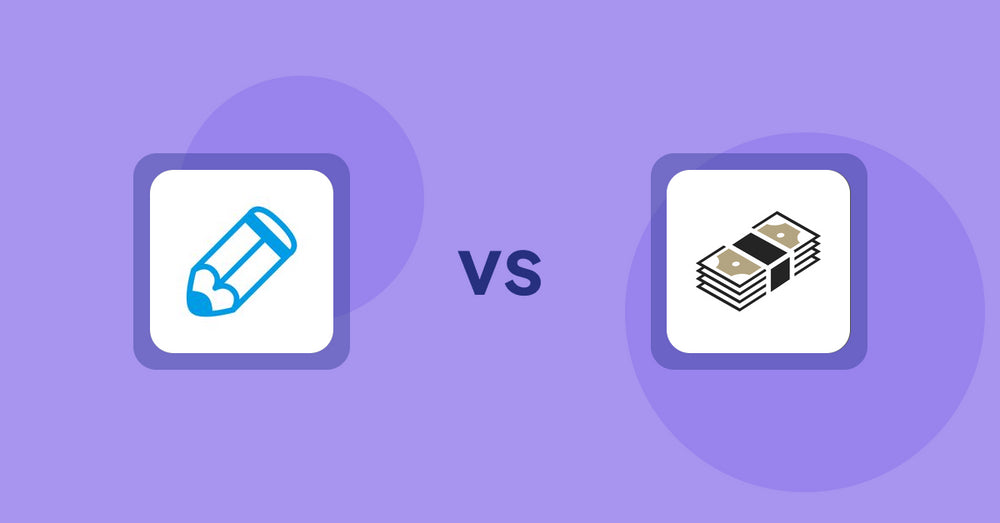
Shopify Product Display Apps: Writer Sofia vs シンプルクラウドファンディング|お手軽自社クラファン
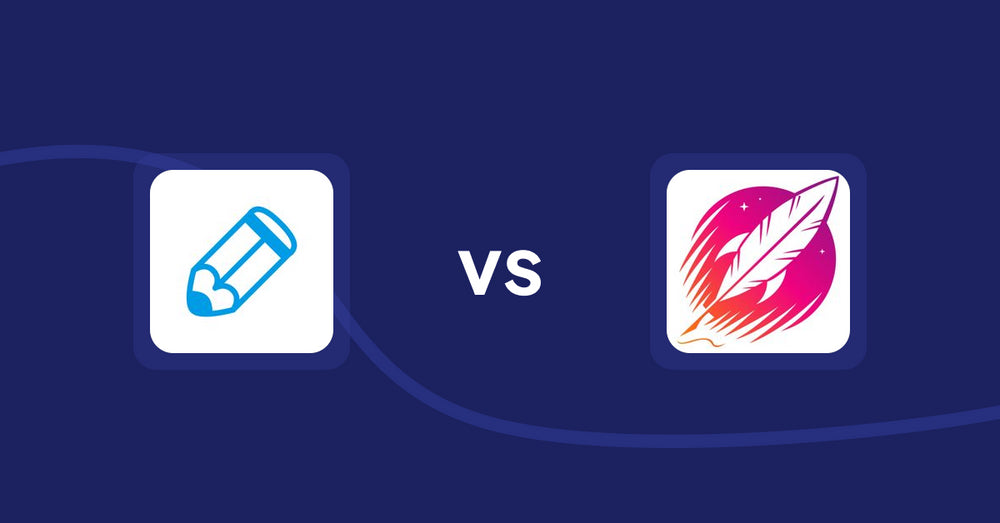
Shopify Product Display Apps: Writer Sofia vs Wordsmith: Content Generator
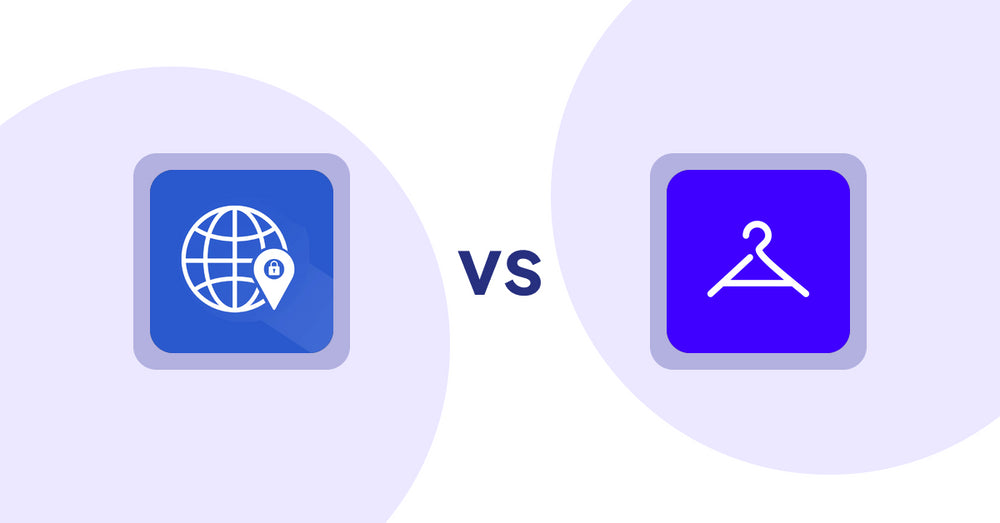
Shopify Product Display Apps: Addify ‑ Country Restrictions vs Aiuta
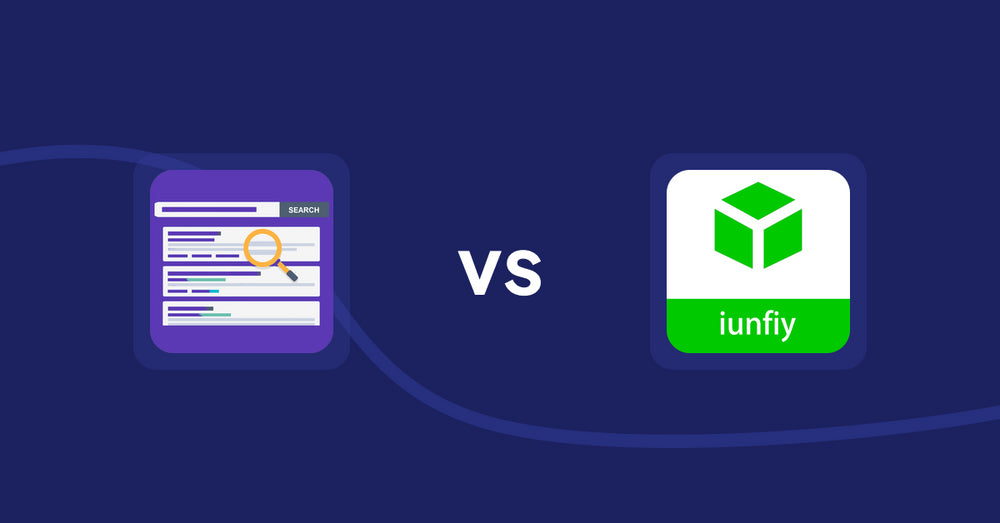
Shopify Product Display Apps: Spark AI Products Description vs iunfiy • Related Products

Shopify Product Display Apps: BeUnico vs Loup: Sell on Instagram
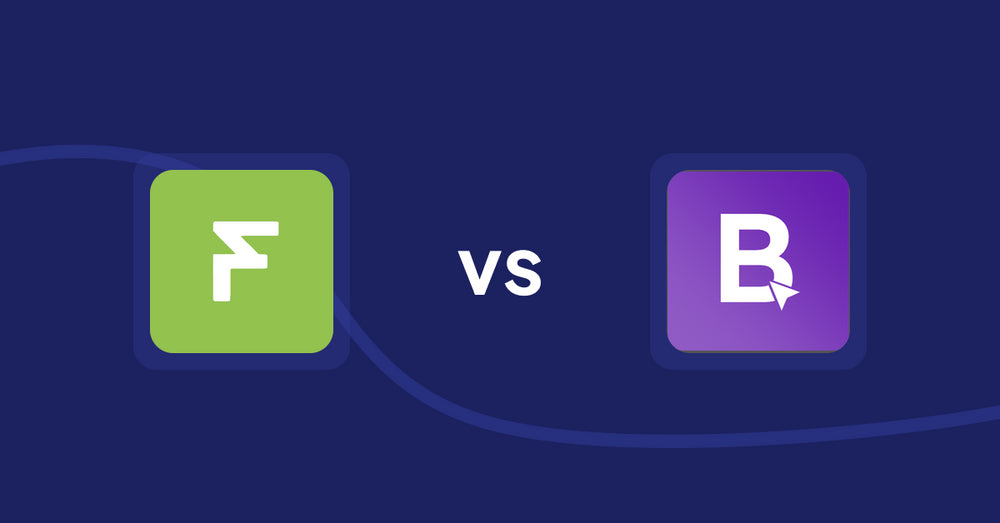
Shopify Product Display Apps: Easy Estimate Shipping vs BookE ‑Rent Property & Service
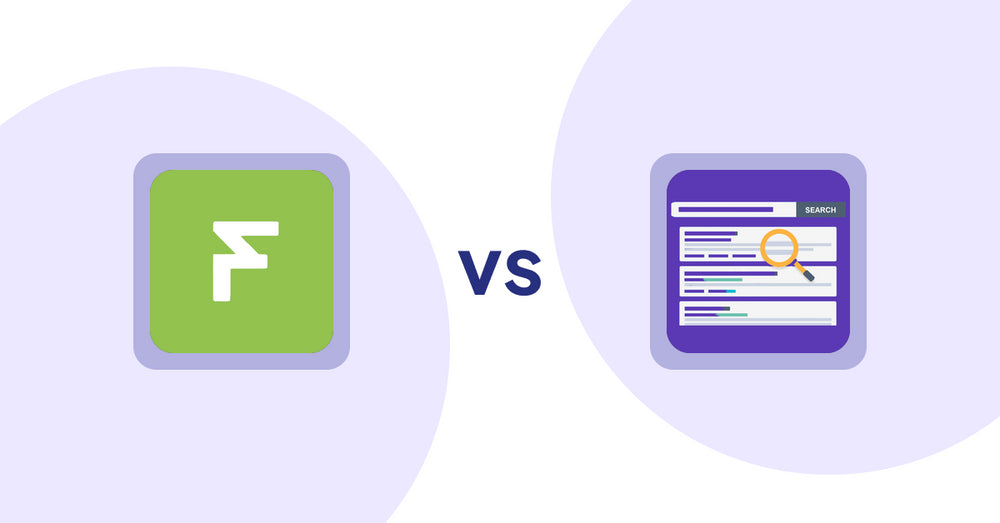
Shopify Product Display Apps: Easy Estimate Shipping vs. Spark AI Products Description
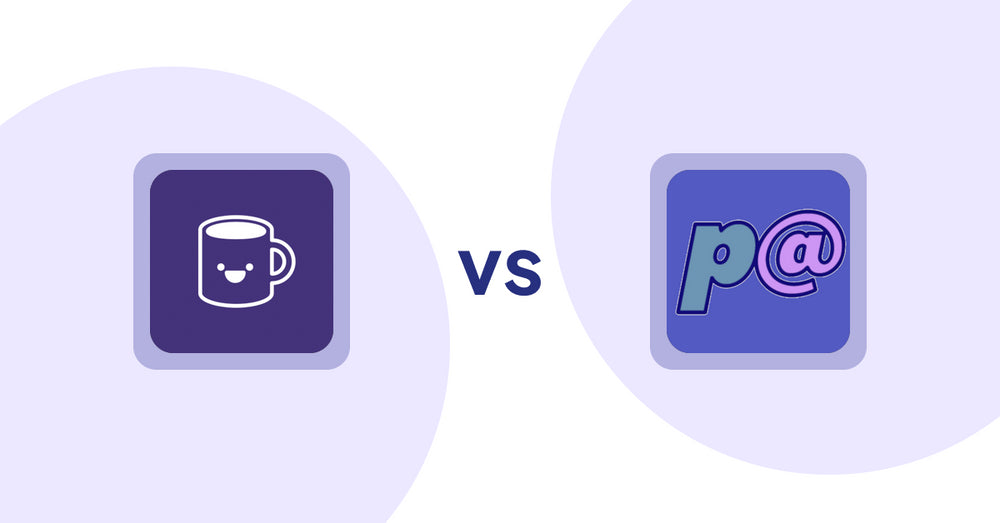
Shopify Product Display Apps: Mugshot Bot vs Parameterizer

Shopify Product Display Apps: Peftrust vs. Wordo ‑ ChatGPT AI Description
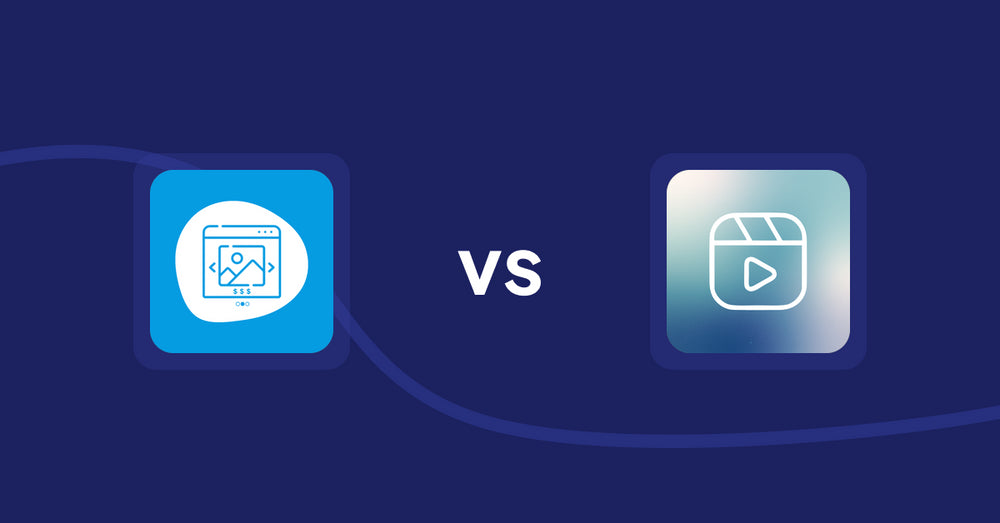
Shopify Product Display Apps: Quick Product Navigator Slide vs Reelify ‑ Shoppable Reel Video

Shopify Product Display Apps: Quick Product Navigator Slide vs. UR: Smart Ranking

Shopify Product Display Apps: Eazy Specification Tags Table vs Agile Attachments
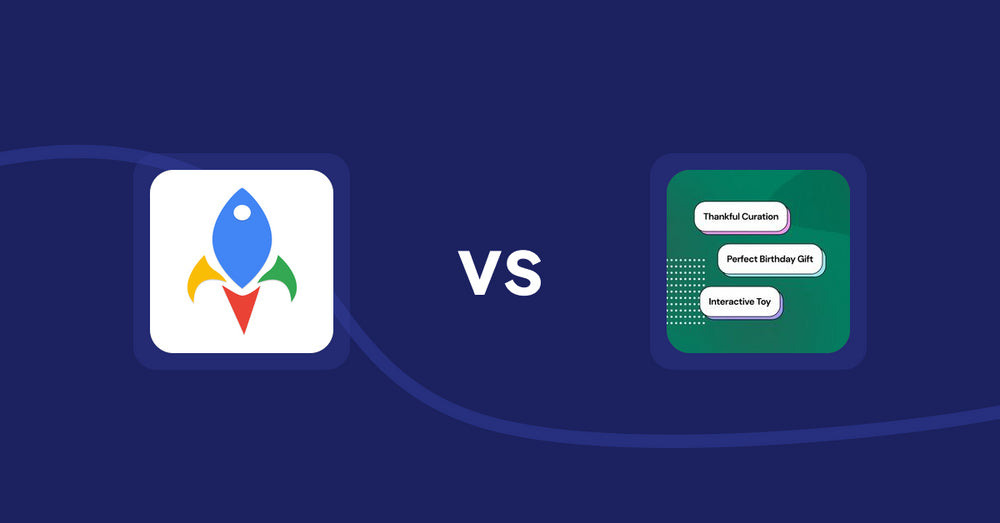
Shopify Product Display Apps: Jedi Back In Stock Admin Alert vs FeatureFrame ‑ Pretty Product
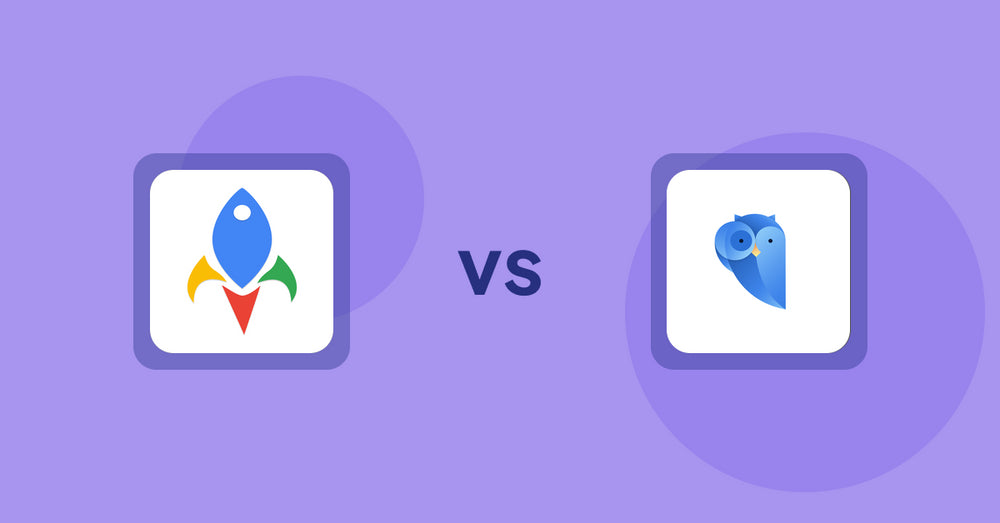
Shopify Product Display Apps: Jedi Back In Stock Admin Alert vs. Findify Search & Merchandise
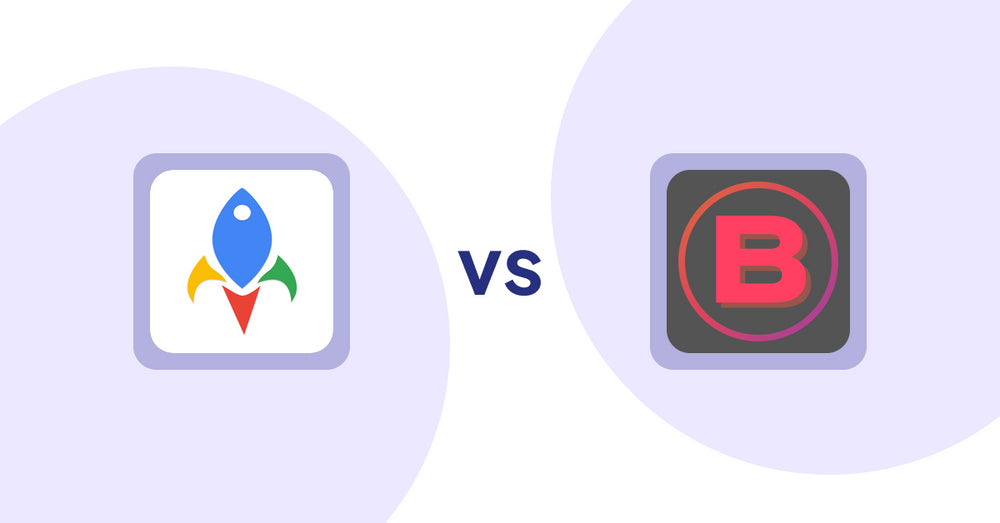
Shopify Product Display Apps: Jedi Back In Stock Admin Alert vs Banter Stories






